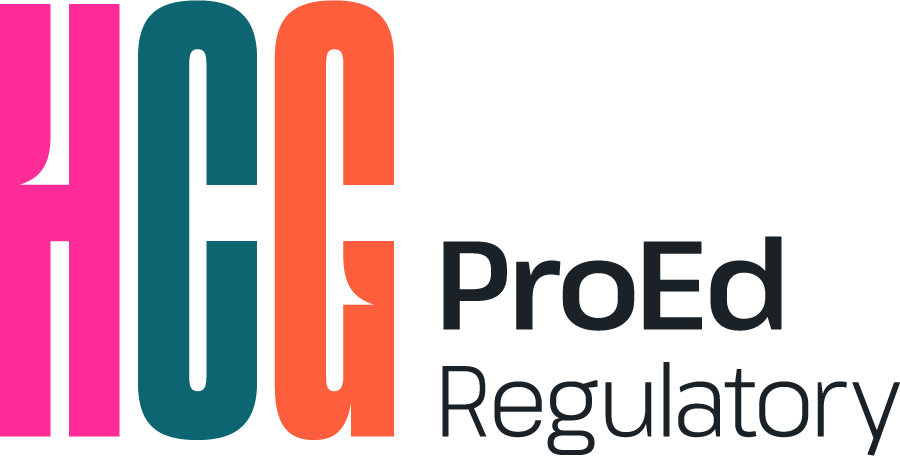How To: 5 Critical Steps to a Successful Scientific Symposium
 Scientific symposia at medical conferences are a great way to educate physicians on the current treatment landscape and on how new agents can improve patient care. But your symposium is often competing with many others for attendees’ limited time and attention. If you want your content to be seen, you need to find creative ways to draw an audience and offer a meaningful educational experience. Since 1991, ProEd Communications has helped medical affairs teams create novel and engaging scientific symposia. Success requires creativity, diligent preparation, and outstanding organizational skills. Below are my top 5 steps to creating a successful symposium.
Scientific symposia at medical conferences are a great way to educate physicians on the current treatment landscape and on how new agents can improve patient care. But your symposium is often competing with many others for attendees’ limited time and attention. If you want your content to be seen, you need to find creative ways to draw an audience and offer a meaningful educational experience. Since 1991, ProEd Communications has helped medical affairs teams create novel and engaging scientific symposia. Success requires creativity, diligent preparation, and outstanding organizational skills. Below are my top 5 steps to creating a successful symposium.
1. Develop a theme that will capture attention
A symposium can only be successful if it reaches its target audience, and that requires capturing the interest of congress attendees. So the number one success factor is to come up with a creative theme that will grab the attention of potential attendees. Keep your potential audience in mind when deciding on a theme. For example, when we wanted to capture the attention of attendees at the St. Gallen Breast Cancer Symposium who are interested in targeted agents for breast cancer, we developed the theme, “Unlocking Targeted Therapies” and supported it with colorful artwork that included a combination lock at the center of the visual. On the other hand, for physicians faced with complex treatment decisions in genitourinary cancers at an ECCO-ESMO congress, we used a GPS navigation theme, “Navigating Therapeutic Opportunities for Patients with Genitourinary Malignancies” with an interactive platform highlighting the multiple decision points they face. These symposia successfully attracted large audiences.
But capturing their attention is only half the battle. The program must also deliver engaging content and presentation format, which leads to my second success factor.
2. Design an interactive and engaging agenda
The right agenda will not only help attract attendees, it also will enhance the educational experience and their retention of important medical information. The key is to balance the necessary didactic segments with interactive discussions and activities. We generally recommend a ratio of approximately 40% didactic content and 60% interactive content. At a recent ESMO symposium, we enabled the audience to guide content by voting on topics for discussion in real time.
An interactive and engaging agenda will bring in attendees and enhance the educational experience, but only if you have the right faculty to deliver the program.
3. Select and prepare the right faculty
A symposium is only as good as the presenters. Choosing well-known, dynamic, and knowledgeable faculty will attract the attention of potential participants and improve the quality of the program. Beyond name recognition, the ideal faculty also should be dynamic, engaging presenters. And no matter how effective your presenters are, it is important to allow adequate time to prepare them for the meeting. When you engage the right faculty and they are well-prepared, the symposium will be an enjoyable and memorable educational experience for all participants.
4. Engage faculty and partner agencies early
To secure the best presenters and have adequate time to help get them prepared, it is important to engage the faculty and any partner agencies as early as possible. Many of the best speakers are booked solid several months in advance. So don’t wait—begin your outreach as soon as possible. Start with kick-off teleconferences with faculty and partner agencies to discuss content, roles, and responsibilities. That’s the best way to ensure a smooth working relationship with the faculty as well as effective planning and implementation of the symposium. Establishing roles and responsibilities early helps avoid miscommunication between parties and unpleasant surprises.
5. Plan onsite time carefully
Onsite time is limited, and it is not the time to finalize your content. One way to make sure your content is ready ahead of time is to schedule teleconferences with your faculty prior to arriving on site. This will help minimize time-consuming changes the day before the symposium and will allow your presenters to have more onsite preparation and practice time. Planning out your on-site time also helps to ensure that everything goes smoothly. Onsite planning includes careful scheduling of onsite faculty slide reviews, time to review the meeting venue, and time with partner agencies to coordinate final steps.
Following these 5 critical steps should lead to a successful scientific symposium that participants, faculty, and your client will remember!
 Duprane Pedaci Young, PhD, combines her scientific expertise in molecular biology with more than 6 years of global medical communications agency experience and has provided clients strategic and tactical guidance for live educational events, medical communications, publications, and other educational platforms. Connect with Duprane on LinkedIn.
Duprane Pedaci Young, PhD, combines her scientific expertise in molecular biology with more than 6 years of global medical communications agency experience and has provided clients strategic and tactical guidance for live educational events, medical communications, publications, and other educational platforms. Connect with Duprane on LinkedIn.
